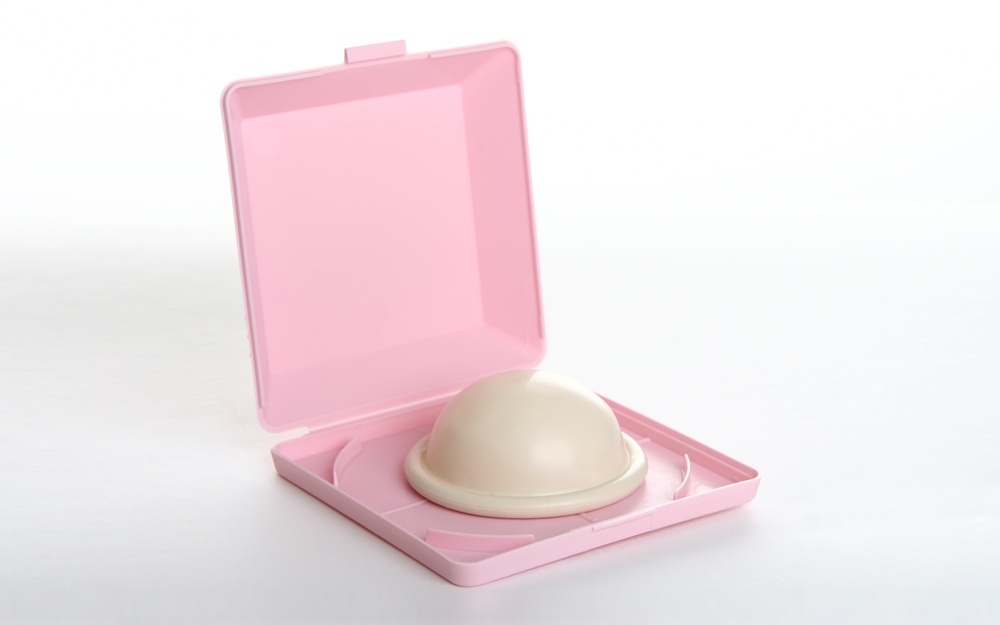OB-GYN Surgery: The Minimalist Revolution
Date
January 4, 2022
Credits

Date
January 4, 2022
Credits
Medical providers featured in this article

In Brief
{{cta-block}}
Minimally invasive surgery is one of the greatest medical advances of our time, but it's not always clear which operations lend themselves to the technique. If given the choice, everyone would naturally opt for a faster recovery with less pain and fewer complications.
While the realm of minimally invasive surgery (MIS) keeps expanding, it is already the standard for the most common gynecological procedures, which is good news for the millions of people who seek such care every year.
"Cedars-Sinai is ahead of the national average in the use of minimally invasive techniques for the most common gynecological disorders."
The beauty of 'Band-Aid' surgery
Gynecologists who are trained in MIS can treat a wide range of noncancerous conditions, which include endometriosis, uterine fibroids and ovarian cysts, says Dr. Matthew Siedhoff, vice chair of Gynecology at Cedars-Sinai.
"Out of approximately 400 gynecological surgeries I perform each year, 99% are done with a minimally invasive approach," he says. "Cedars-Sinai is ahead of the national average in the use of minimally invasive techniques for the most common gynecological disorders," he adds. "That includes myomectomies, the excision of tissue in endometriosis, and hysterectomies."
For patients, the difference is dramatic. "I've heard minimally invasive surgery described as Band-Aid surgery, because the incision is so small you can cover it with a Band-Aid," Dr. Siedhoff says. The issue is not only cosmetic. A smaller incision means a lower risk of infection and reduces the likelihood of nearby bone or tissue being accidentally damaged.
While rare, those risks are real in the case of traditional, open surgery. MIS also means a lower risk of complications such as blood clots or hernia along with a faster recovery time, and the convenience of an outpatient procedure instead of an overnight or longer stay at the hospital.
Common problems, breakthrough solutions
Ovarian cysts and uterine fibroids are especially common problems. In fact, most women have ovarian cysts at some point in their lives, but don't notice because they don't cause any symptoms and pose no danger.
If a cyst grows or if multiple cysts develop, an operation—known as a myomectomy—may be the right option. "When a very high number of cysts are present, it may be best to perform a traditional operation, but in the majority of cases, we can use a minimally invasive approach with great success," explains Dr. Siedhoff.
The specific technique is known as laparoscopy—an operation performed in the pelvis or the abdomen using small incisions with the aid of a camera. The camera sends live pictures to a video monitor, which gives surgeons a precise view of the area they're working on.
Fibroids are treated similarly. Thought to occur in 20%-70% of women of childbearing age, uterine fibroids are almost always harmless. If a patient reports increased bleeding or a heavy menstrual cycle, however, the doctor may check for fibroids because they can cause reproductive problems. Here too, laparoscopic myomectomy is often the optimal choice.
{{providers}}
Dealing with endometriosis
Endometriosis poses a bigger challenge, one that physicians at Cedars-Sinai are committed to solving. A painful and complex disorder, endometriosis affects about 11% of women ages 15 to 44.
Endometriosis occurs when tissue similar to the endometrium—the tissue that lines the inside of your uterus—grows outside the uterus. The abnormal tissue acts just like endometrial tissue: it thickens, breaks down and bleeds during each menstrual cycle. But because it has no way to exit the body, it becomes trapped.
The result is pain, scar tissue and adhesions involving the ovaries, fallopian tubes and the tissue that lines the pelvis. Endometriosis can also make it harder to get pregnant.
Patients can get help in Cedars-Sinai's renowned Endometriosis Program, one of the few in the U.S. that is specifically focused on diagnosing and treating this painful condition. "Endometriosis is vastly underdiagnosed, so the first step is doing a thorough assessment, which includes using the best diagnostic equipment as well as really listening to the patient," says Dr. Siedhoff.
If you are not trying to get pregnant, hormonal birth control is often the first treatment for endometriosis, either in the form of a pill or injection, or through the use of an intrauterine device (IUD). In more serious cases, surgery is required.
In Discoveries: Unlocking the Mysteries of Endometriosis
"Unfortunately, the use of MIS for endometriosis is not yet widespread," says Dr. Siedhoff. "In this respect, Cedars-Sinai is a leader in the field. We have a lot of experience performing laparoscopic procedures for patients who suffer from severe endometriosis."
During the operation, the surgeon must locate and remove the endometriosis patches, a delicate and complex task amid the scar tissue and adhesions.
When all other treatment approaches have been tried without success for cysts, fibroids or endometriosis, a hysterectomy can be performed, removing either some or all of the uterus.
"Being able to do this in a minimally invasive way, sparing the body the trauma of an open surgery, was a major breakthrough," says Dr. Siedhoff. "Recovery time is 7-14 days instead of six weeks."
Cedars-Sinai will soon launch a fellowship in Minimally Invasive Gynecologic Surgery to help train the next generation of surgeons.
"We are always striving to lead and to provide outstanding care, which means not only using the latest techniques, but ensuring our patients have the best possible experience," says Dr. Siedhoff. "MIS is one important part of that."





